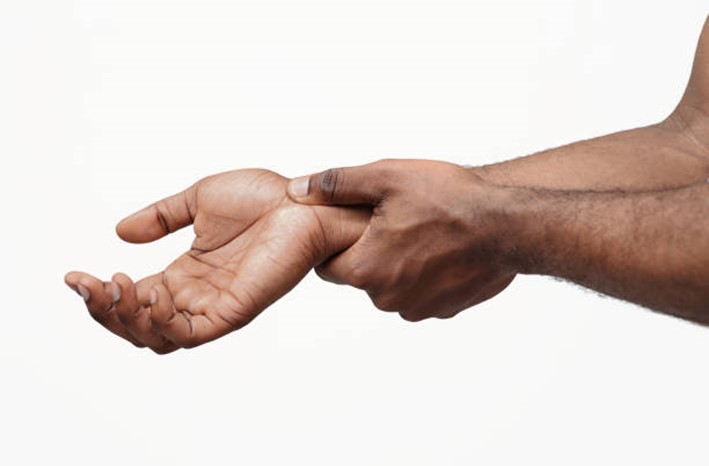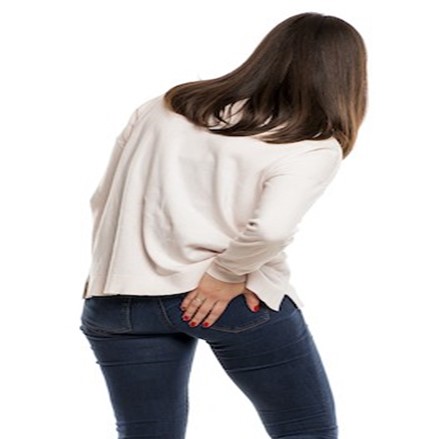
WRIST PAIN
- 2024-07-26 01:09:13

You might be suffering from pelvic instability. Pelvis is the two hip bones connect the spine with the lower limbs. Pelvic Instability is when there is a high degree of movement or weakening of the pelvis causing pain around the pelvis, hip and buttocks.
Pelvic instability is a common discomfort during pregnancy or shortly after delivery. About 50%-60% of pregnant women experience this ranging from minor complaints to severe pelvic pain. The hormone “Relaxin” ensures that the pelvic joints become more flexible in preparation for childbirth. However, in some women, the pelvis becomes too flexible, causing the straps to become overextended and sometimes damaged when excessive force is applied to the pelvis. This pelvic instability can develop and gradually deteriorate from the 14th week of pregnancy. The age at which a woman has her first child may influence the development of pelvic instability. The risk of developing pelvic instability increases with age.
Pelvic instability can also occur in non-pregnant women and men. When the transverse and oblique abdominal muscles become weak, it can develop into pelvic complaints. A sports injury or accident can also lead to strained or torn pelvic ligaments. For example, a fall with a bicycle or from a horseback, or due to a strain while running long distance. The discomfort that is experienced in such cases is comparable to the complaints during or after pregnancy. Pelvic asymmetry or an unexpected, rapid change in normal movement can also cause pelvic instability. Another cause is misalignment in the pelvic
Common symptoms that can identify pelvic instability:
The most common cause of pelvic pain include:
Diagnosis
A physiotherapist will perform a series of test to rule out coccydynia, joint arthritis and bursitis.
An MRI or ultrasound can be done to rule out the same.
Treatment
Correct Alignment of Skeletal Structure
Pelvic binder to relief pain
Improve the Function of Core Stabilizing Muscles
Prevention
Strengthen your core stabilizing muscles
Adapt proper posture and movement patterns
Visit your physiotherapist throughout your pregnancy